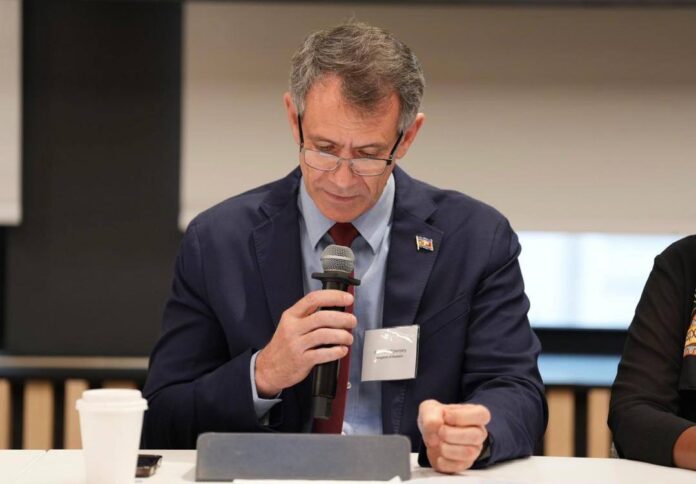Eswatini has achieved a rare and significant milestone by fully repaying its emergency loan to the International Monetary Fund (IMF).
This is key to the country’s financial management. IMF recent data indicates that as of September 24, the country’s total IMF outstanding debt credit was zero special drawing rights (SDRs), down from 9 812 500.
Eswatini Bank Fetch Your Summer Campaign: View Here
This development places the country among African nations with minimal IMF debt. However, government is simultaneously leveraging the financial credibility and setting sights on securing new funding from other lenders, including the World Bank and the African Development Bank (AfDB) for new financing to manage arrears.
The IMF loan was sourced in 2020 during the Covid-19 pandemic under the Fund’s Rapid Financing Instrument and the facility was designed to help countries mitigate the economic and health impacts of the pandemic by providing immediate liquidity.
| Eswatini Observer WhatsApp Channel
In Eswatini’s case, however, repayment terms were strict and the period allowed for repayment unusually short. Minister of Finance Neal Rijikenberg confirmed that the country had fully repaid its emergency loan to the IMF.
Explaining why government prioritised repaying the IMF loan while pursuing new borrowing elsewhere, he said the loan carried a two-year grace period followed by a three-year repayment window.
He said it was a very aggressive repayment period that put huge pressure on government finances. By contrast, loans from the World Bank and AfDB offer softer conditions and repayment could be stretched across 10 to 25 years with grace periods of three to five years.
Rijkenberg added that government intended to preserve the IMF facility as a reserve for potential emergencies.
“That is a lot softer, a lot easier to repay than these ones with very aggressive repayment periods. The beauty of an IMF loan is speed. During the Covid-19 period, we applied and in three weeks the money was in Eswatini. With the World Bank, it takes about a year before a loan is approved, hence leaving IMF as a backup in case of emergencies,” he said.
According to the minister, keeping the IMF as an open option provided government with quick access to liquidity in the event of future shocks.
“Other African countries are not doing that. Let’s hope there’s no emergency because under an emergency it would be tougher for them to access money,” he said.
Eswatini’s repayment of its IMF loan stands out in a region where many countries continue to carry substantial IMF obligations.
Rijkenberg said maintaining access to IMF facilities for emergencies, while using softer loans for structural needs, provides government with flexibility.
“We plan to leave the IMF as a backup in case of emergencies. The laws are there that prevent us from overspending, and history now shows we have stopped the accumulation of arrears,” he said. The minister also emphasised that Eswatini has not been accumulating new arrears in recent years.
“Over the previous seven years, we have been slowly but surely reducing arrears, proving that the financial parameters are in place to ensure we don’t overspend the budget,” he said.
According to him, fiscal reforms and existing legal frameworks now prevent government from incurring arrears beyond the approved budget.
“The laws are there that prevent us from overspending, and history now shows we have stopped the accumulation of arrears,” he said.
In Southern Africa, Zambia defaulted on its Eurobond payments in 2020 and continues to work with the IMF on debt restructuring.
Malawi and Mozambique have ongoing IMF programmes, while South Africa has avoided direct IMF borrowing but faces a growing public debt-to-GDP ratio.
By clearing its IMF debt, Eswatini gains room to manoeuvre in case of emergencies, even as it turns to longer-term financing for structural needs.
Analysts note that IMF loans are generally the fastest to access but come with the most demanding repayment schedules, while World Bank and AfDB loans are slower to process but more manageable over time.
In South Africa, for example, IMF loans have been used sparingly because of the political and economic implications.
Eswatini Observer Press Reader | View Here










